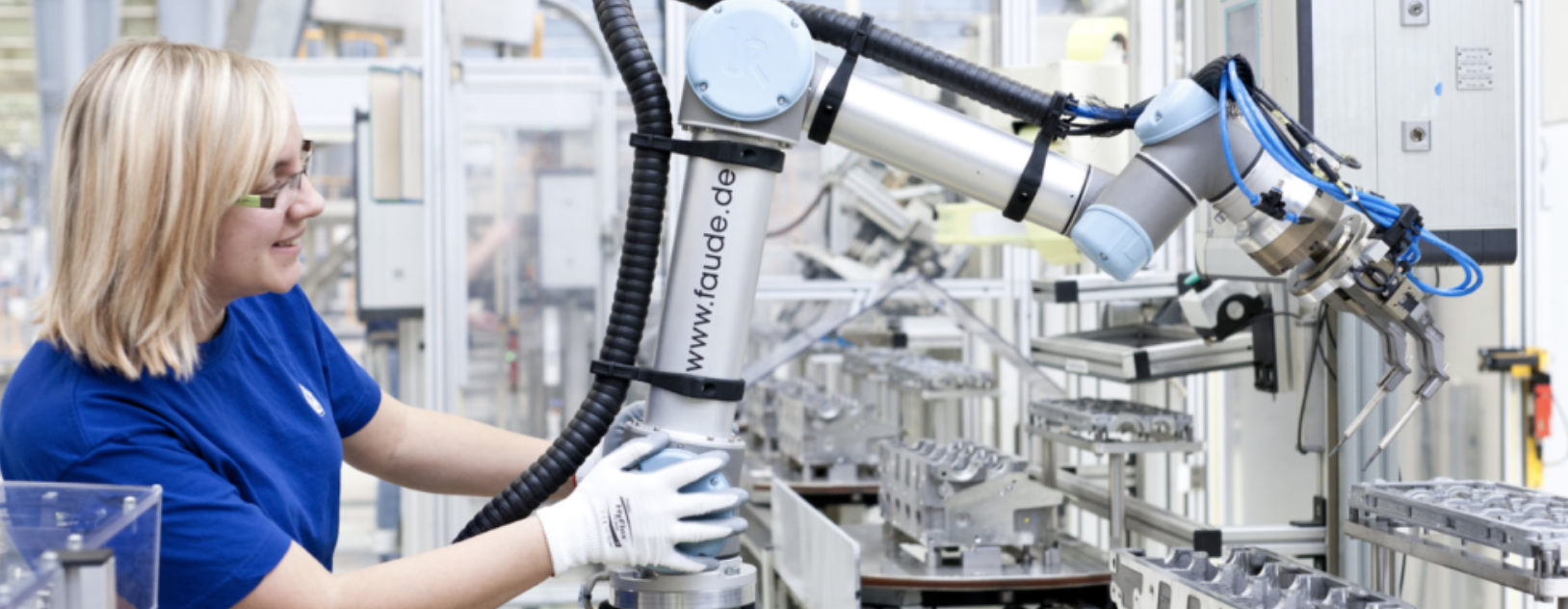We introduced our 10-year outlook for robotic adoption across the industrial, commercial, military, and domestic markets in June 2017. Over the last two years, the level of adoption has exceeded our initial expectations across all verticals. We believe the aggregate robotics market grew 22% in 2018 to $32.8B, better than our previous estimate of $28.6B. Driven by continued rising market awareness, cultural acceptance, favorable regulation, lower robot costs, and improved functionality, we believe the robotics market can now grow to $82.5B by 2025, representing a 16.4% CAGR. Although we’re incrementally optimistic about almost all robotic categories, we have become further convinced autonomous mobile robots (AMRs), domestic robots, and collaborative robots (co-bots) will experience industry-leading growth through 2025. Link to our updated Robotic Outlook 2025 model here.
Note that our forecasts only factor in hardware sales and do not account for software or other supporting services. When factoring in these additional costs, we believe the market value could be about 3x larger.
AMRs Driving Industry-Leading Growth
We remain most upbeat about the autonomous mobile robot (AMR) market, which grew 33% in 2018 to $3.1B. AMRs are used in many different industries like manufacturing, ecommerce, and warehousing, to improve logistics efficiencies by moving materials without any human interaction. We believe the largest driver to adoption has been the faster than expected broad rollout of initial pilots as companies quickly have seen the cost and operating benefits of this technology. Over the last two years, we have seen several of the leading AMR companies be acquired by leading robotic players or secure several levels of funding. As a result of the uptick in demand and financial backing, we believe the AMR market can sustain 20%+ sales growth through 2025, representing a $10.7B market.
Domestic Robotics Has Hit an Inflection Point
We believe robot adoption within the home has hit an inflection point. Consumers have come to rely on automation to perform daily household chores such as vacuuming, sweeping, mopping, and mowing the lawn faster than we expected. In total, we believe households consumed 9.0M domestic robots in 2018, which is up 42% y/y, and represents a $2.4B market. We believe the largest catalyst to better-than-expected domestic robot growth has been increasing consumer awareness by leading players in the space.
Robotic vacuums represented the largest domestic sub-market with unit sales growing 49% y/y to 7.6M. Robotic lawn mowers and wet floor products are beginning to see meaningful adoption, with these markets now representing $450M and $140M respectively in 2018. As a result of faster adoption rates, coupled with <10% household penetration, we now expect the domestic robot market to eclipse $6.8B by 2025.
Co-Bots Will Create an Industrial Revolution
Since coming on the scene in 2008, co-bots have now become a household name in the industrial robotics space. Co-bots are built with multiple motion and force detecting sensors, which makes it safer for these systems to collaborate alongside humans versus in caged environments. In addition, with the average selling price of co-bots ranging from $15-45k, automation is now accessible outside of large industrial manufacturing applications.
While the co-bot market grew 59% y/y to $590M, co-bots only accounted for 3% of total industrial robot sales in 2018. While we initially expected this market to surpass $1.3B by 2018, we believe the industry has mildly suffered from limited applications due to payload restrictions. That said, there are over 80 companies worldwide bringing new co-bot technology to market. With larger R&D budgets being invested in this technology, we remain confident this industry represents a $6.8B market opportunity by 2025. We continue to believe Universal Robots, which is owned by Teradyne (TER), is the leading player in the space. Universal Robots generated $234M in 2018, up 39% y/y and accounting for 40% of the total co-bot market.
Disclaimer: We actively write about the themes in which we invest or may invest: virtual reality, augmented reality, artificial intelligence, and robotics. From time to time, we may write about companies that are in our portfolio. As managers of the portfolio, we may earn carried interest, management fees or other compensation from such portfolio. Content on this site including opinions on specific themes in technology, market estimates, and estimates and commentary regarding publicly traded or private companies is not intended for use in making any investment decisions and provided solely for informational purposes. We hold no obligation to update any of our projections and the content on this site should not be relied upon. We express no warranties about any estimates or opinions we make.
